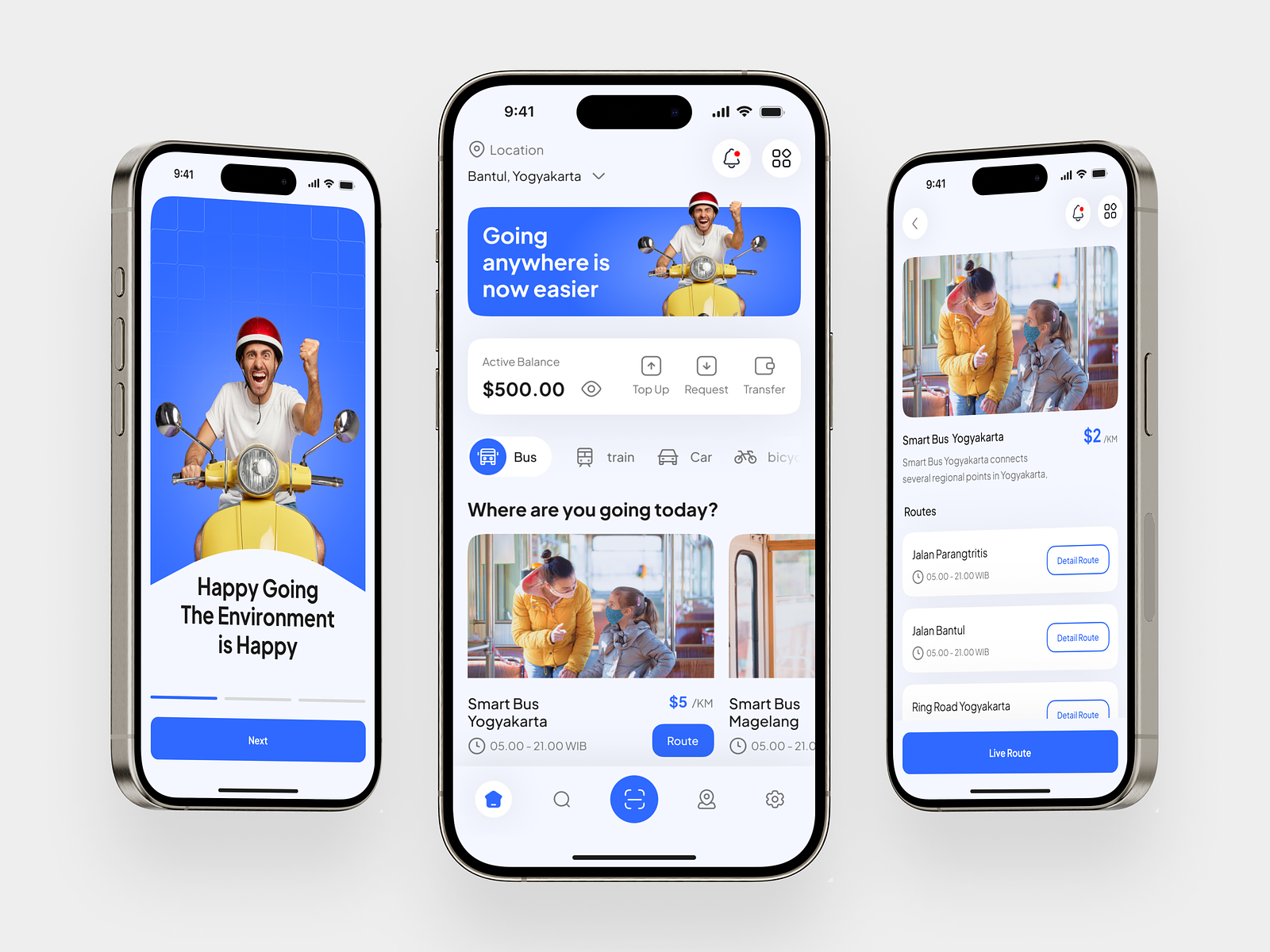React Native App Development Guide: Challenges and Best Practices

Strong 8k brings an ultra-HD IPTV experience to your living room and your pocket.
React Native has emerged as one of the leading frameworks for building mobile applications. Known for its ability to create high-performing, cross-platform apps from a single codebase, React Native enables developers to build Android and iOS applications simultaneously, saving time and resources. In this guide, we’ll explore the challenges of React Native app development and share best practices to help you maximize the benefits of this versatile framework.
✍️ Cloud computing and APIs are the backbone of scalable apps. See how modern app development frameworks leverage cloud services to deliver global performance.
Why Choose React Native for Mobile App Development?
React Native, developed by Facebook, allows developers to write code once and run it on both Android and iOS platforms. React Native’s appeal lies in its efficiency, reusability, and growing support from a vast developer community. For businesses, this means cost savings and faster deployment, while React Native app developers gain flexibility and access to a rich library of third-party tools. Many top companies, including Instagram, UberEats, and Walmart, use React Native for mobile app development, reinforcing its reliability and scalability.
Challenges in React Native Application Development
While React Native offers a powerful solution, developers and businesses face certain challenges when developing apps using this framework. Here are some key challenges and how to address them:
1. Performance Bottlenecks
One of the primary challenges in React Native application development is managing performance issues, especially for complex apps. While React Native is close to native performance, resource-intensive applications, like gaming or AR/VR apps, may not achieve the desired smoothness and responsiveness. Performance bottlenecks can arise due to limitations in JavaScript and the bridge that connects JavaScript to native components.
Solution: Optimize performance by avoiding unnecessary re-renders and minimizing the number of native modules used. Using libraries like Hermes, a JavaScript engine optimized for React Native, can help improve load times and reduce memory usage.
2. Navigational Challenges
Handling complex navigation can be another hurdle. React Native’s navigation libraries, such as React Navigation and React Native Navigation, provide solutions, but they may not fully cover intricate navigational needs, leading to inconsistent user experiences between Android and iOS.
Solution: Stick to popular navigation libraries like React Navigation for better support and more frequent updates. Invest time in thoroughly testing the navigation across both platforms and follow platform-specific guidelines for a seamless experience.
3. Compatibility with Native Modules and Libraries
React Native app development sometimes requires third-party libraries to access specific device functionalities. However, not all native libraries are compatible with React Native, and maintaining compatibility with new updates can be challenging.
Solution: Rely on well-supported libraries or, if necessary, build custom native modules. Partnering with experienced React Native app development services can also help, as they often have the resources to handle complex native integrations.
4. Memory Usage and Battery Consumption
React Native applications can consume more memory and battery than native apps. If not managed, this can lead to performance degradation, particularly on older devices.
Solution: Optimize images and animations to reduce memory usage. Use profiling tools to identify memory leaks, and avoid heavy computations on the main thread. Libraries like react-native-fast-image can help manage memory usage effectively by providing optimized image rendering.
5. Frequent Updates and Maintenance
React Native is continuously evolving, and while this ensures improvements and new features, it can lead to compatibility issues. Libraries, native modules, and the core framework itself receive frequent updates, which can break the app’s functionality.
Solution: Schedule regular maintenance checks and plan for updates in the development roadmap. Working with a dedicated React Native app development company can help ensure that the app stays updated with the latest versions and best practices without major disruptions.
Best Practices for React Native Mobile App Development
To overcome the challenges of React Native application development and ensure a smooth and effective development process, here are some best practices to consider:
1. Plan Your App Architecture Carefully
The foundation of any application is its architecture, and React Native is no exception. Planning your app architecture carefully will save time, avoid code duplications, and keep the codebase clean.
Follow a modular approach: Break down components into smaller, reusable modules.
Use state management tools: Libraries like Redux or MobX can help manage application state effectively.
2. Leverage Native Modules Judiciously
React Native allows developers to write parts of the code in native languages like Swift, Objective-C, or Java. However, relying heavily on native modules defeats the purpose of cross-platform development.
Use native modules only when necessary: This minimizes the app’s dependency on platform-specific code.
Avoid overuse of third-party libraries: Stick to well-maintained libraries that receive frequent updates.
3. Optimize App Performance
Performance optimization is crucial in React Native application development, as it directly impacts user experience.
Reduce memory leaks and avoid memory-intensive operations: Profiling tools like the React DevTools profiler can help identify areas where memory optimization is needed.
Minimize re-renders: Use PureComponent or memoization techniques to avoid unnecessary re-renders in functional components.
4. Consistent Testing Across Devices
Testing is key to maintaining a high-quality user experience across different devices and operating systems. With React Native, comprehensive testing ensures the app functions well on Android and iOS platforms.
Use automated testing frameworks: Tools like Jest and Detox are popular choices among React Native developers.
Test on real devices and emulators: Real devices offer insights into actual performance and usability that simulators may not capture.
5. Stay Updated with React Native Releases
React Native has a vibrant community and frequent updates, which can enhance your app’s performance and security. However, updates may bring breaking changes.
Regularly review release notes: React Native’s official blog or GitHub release notes can provide insights into changes.
Schedule version upgrades: Make upgrades a part of the development roadmap to avoid being caught off guard by major changes.
6. Enhance User Interface and User Experience (UI/UX)
User experience is critical in mobile app development, and React Native provides plenty of flexibility in crafting engaging interfaces.
Use platform-specific design conventions: For instance, maintain Android's Material Design for Android users and iOS's Human Interface Guidelines for iOS users.
Utilize animations and gestures sparingly: While they enhance the UI, overuse can lead to performance issues.
7. Consider Security Best Practices
Security is vital in app development, especially for applications handling sensitive user information.
Store sensitive data securely: Use libraries like react-native-keychain for secure storage of sensitive information.
Implement authentication measures: Enable two-factor authentication or biometric authentication for added security.
Stay aware of known vulnerabilities: Periodically review dependency security, as many third-party libraries may have security vulnerabilities.
Partner with a React Native Application Development Company
A skilled React Native app development company can simplify the development process, helping businesses avoid common pitfalls and leverage best practices. Experienced React Native app developers understand the challenges and possess the expertise to deliver robust, scalable applications that meet industry standards. By working with a professional team, businesses can benefit from streamlined processes, regular maintenance, and the peace of mind that their app is built for long-term success.
Conclusion
React Native continues to be a top choice for mobile app development, allowing businesses to deliver high-quality cross-platform apps in less time and with fewer resources. However, like any technology, React Native comes with its set of challenges, from performance bottlenecks to frequent maintenance needs. By following the best practices outlined above, businesses and React Native app developers can overcome these obstacles and ensure a smooth, efficient development process.
Whether you’re a startup or an established business, React Native application development services offer a practical way to reach users on both Android and iOS without developing separate apps. Partnering with a reputable React Native mobile app development company can further streamline the process, providing expert insights and guidance to maximize app performance and deliver an outstanding user experience.
Note: IndiBlogHub features both user-submitted and editorial content. We do not verify third-party contributions. Read our Disclaimer and Privacy Policyfor details.







